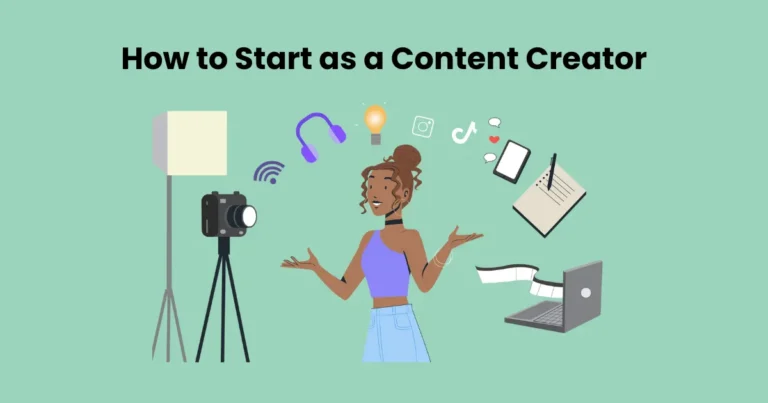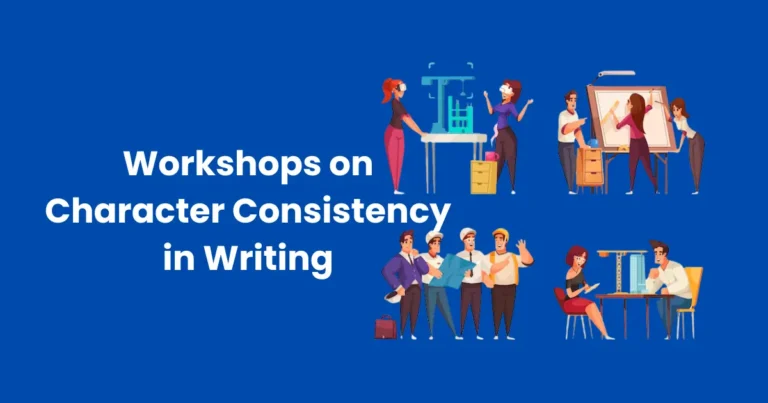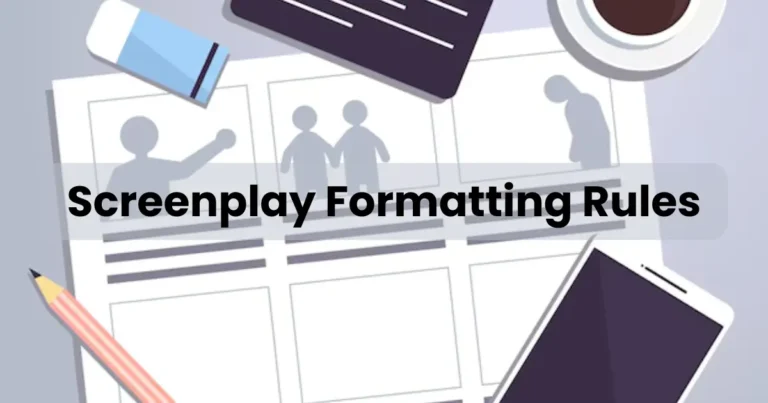AI-Generated Content Legality: Key Issues & Laws

Contents
The rise of AI-generated content legality has sparked intense debates among creators, businesses, and legal experts. As artificial intelligence (AI) tools like ChatGPT, DALL-E, and MidJourney produce text, images, and videos with unprecedented ease, questions about ownership, copyright, and ethical use have surged. Consequently, understanding the legal framework surrounding AI-generated content is crucial for anyone leveraging these tools. This article dives deep into the complexities of AI-generated content legality, exploring copyright laws, ethical considerations, regulatory developments, and practical steps to stay compliant. By examining real-world cases and expert insights, we aim to clarify this evolving landscape for creators and businesses alike.
What Is AI-Generated Content?
AI-generated content refers to text, images, music, videos, or other media created by artificial intelligence algorithms. These tools rely on machine learning models trained on vast datasets to produce outputs that mimic human creativity. For instance, tools like Jasper generate blog posts, while Stable Diffusion creates stunning visuals. However, the ease of producing such content raises questions about AI-generated content legality, particularly regarding ownership and originality.
How AI Creates Content
AI systems use techniques like natural language processing (NLP) and generative adversarial networks (GANs) to produce content. These models analyze patterns in training data—often scraped from public sources like websites, books, or social media. Then, they generate outputs based on user prompts. While this process is innovative, it introduces legal gray areas, especially when training data includes copyrighted material.
Why Legality Matters
The legality of AI-generated content hinges on several factors: the source of training data, the output’s originality, and the intended use. For example, if an AI tool reproduces copyrighted text or images, it could infringe on existing intellectual property (IP) rights. Therefore, understanding AI-generated content legality is essential to avoid lawsuits, ethical dilemmas, or reputational damage.
Copyright and AI-Generated Content
Copyright law is at the heart of AI-generated content legality. However, applying traditional copyright principles to AI outputs is challenging because AI lacks human intent, a key factor in copyright eligibility.

Who Owns AI-Generated Content?
In most jurisdictions, copyright law grants ownership to a human creator. Since AI is not a legal entity, determining ownership becomes complex. For instance, in the United States, the U.S. Copyright Office has ruled that purely AI-generated works cannot be copyrighted unless they involve significant human contribution. A notable case involved a graphic novel created by Kris Kashtanova using MidJourney. The Copyright Office granted copyright for the human-arranged elements but not for the AI-generated images.
In contrast, some argue that the user who provides the prompt or refines the output should own the copyright. However, this view varies by country. For example, the UK recognizes “computer-generated works” under its Copyright, Designs and Patents Act, granting ownership to the person who made the necessary arrangements for the work’s creation.
Training Data and Copyright Infringement
Another critical aspect of AI-generated content legality is the use of copyrighted material in training datasets. AI models are often trained on publicly available data, including books, articles, and images, without explicit permission from copyright holders. This practice has led to lawsuits, such as the one filed by Getty Images against Stability AI, alleging unauthorized use of millions of copyrighted images to train Stable Diffusion.
Fair Use and Transformative Works
Some AI developers argue that their use of copyrighted material falls under “fair use” in the U.S., claiming the output is transformative. However, courts have yet to establish clear precedents. For now, creators using AI tools must exercise caution to avoid unintentional infringement.
Ethical Considerations in AI-Generated Content
Beyond legal concerns, AI-generated content legality intersects with ethical issues. These include transparency, misrepresentation, and the potential for harm.

Transparency and Disclosure
Ethically, creators should disclose when content is AI-generated, especially in journalism, advertising, or academic work. Failure to do so could mislead audiences or violate platform policies. For example, Google’s SEO guidelines penalize websites that use undisclosed AI-generated content to manipulate rankings. Thus, transparency is not only ethical but also critical for compliance with AI-generated content legality.
Misrepresentation and Fraud
AI-generated content can be used to create deepfakes, misleading articles, or counterfeit artwork, raising concerns about fraud. For instance, scammers have used AI to generate fake product reviews or phishing emails. Such misuse underscores the need for regulations to address AI-generated content legality.
Bias and Harm
AI models can perpetuate biases present in their training data, leading to harmful or discriminatory outputs. For example, if an AI tool generates biased hiring recommendations or offensive content, it could violate anti-discrimination laws. Addressing these risks is vital for ethical AI use and legal compliance.
Regulatory Landscape for AI-Generated Content
Governments worldwide are grappling with AI-generated content legality, introducing regulations to balance innovation and accountability.

United States
In the U.S., there’s no comprehensive federal law governing AI-generated content. However, existing IP laws, such as the Copyright Act and the Digital Millennium Copyright Act (DMCA), apply. The Federal Trade Commission (FTC) also regulates deceptive practices, which could include undisclosed AI-generated advertising. Meanwhile, proposed bills like the AI Accountability Act aim to establish clearer guidelines.
European Union
The EU is at the forefront of regulating AI-generated content legality. The Artificial Intelligence Act, set to take effect in 2026, classifies AI systems by risk level and imposes strict requirements for high-risk applications, including transparency and accountability measures. Additionally, the EU’s Copyright Directive holds platforms liable for copyrighted content, impacting AI-generated outputs.
Other Regions
Countries like China and Canada are also developing AI regulations. China requires AI-generated content to carry watermarks, while Canada’s Artificial Intelligence and Data Act focuses on transparency and risk mitigation. These global variations highlight the need for creators to stay informed about local laws.
Real-World Cases and Precedents
Several high-profile cases illustrate the complexities of AI-generated content legality.
The New York Times vs. OpenAI
In 2023, The New York Times sued OpenAI and Microsoft, alleging that ChatGPT was trained on its copyrighted articles without permission. The lawsuit claims that AI-generated summaries of its content harmed its business. This case could set a precedent for how courts view training data in AI-generated content legality.
Thaler v. U.S. Copyright Office
In another landmark case, Dr. Stephen Thaler sought to register an AI-generated artwork, “A Recent Entrance to Paradise,” with the U.S. Copyright Office. The office denied the application, stating that only human-authored works qualify for copyright. This decision underscores the ongoing debate over AI’s role in creative ownership.
Sarah Silverman vs. Meta
Comedian Sarah Silverman sued Meta, claiming its AI models were trained on her copyrighted books. This case highlights the risks of using copyrighted material without consent, a key issue in AI-generated content legality.
Practical Steps for Creators and Businesses
To navigate AI-generated content legality, creators and businesses can take proactive steps to ensure compliance and ethical use.

1. Verify Ownership and Licensing
Before using AI-generated content, confirm whether the output is eligible for copyright or if the AI tool’s terms grant you ownership. For example, OpenAI’s terms state that users own the content generated by ChatGPT, but other platforms may differ.
2. Use Licensed or Public Domain Data
When training AI models or generating content, use licensed datasets or public domain material to avoid infringement. Tools like Creative Commons Search can help identify permissible content.
3. Disclose AI Use
Always disclose when content is AI-generated, especially in professional or commercial settings. This practice builds trust and aligns with ethical standards and platform policies.
4. Monitor Regulatory Changes
Stay updated on AI regulations in your region. Subscribing to legal newsletters or following organizations like the World Intellectual Property Organization (WIPO) can help you stay informed.
5. Consult Legal Experts
For high-stakes projects, consult IP attorneys to ensure compliance with AI-generated content legality. They can provide guidance on copyright, licensing, and risk mitigation.
Future of AI-Generated Content Legality
The legal landscape for AI-generated content is evolving rapidly. As AI technology advances, courts and lawmakers will likely establish clearer guidelines. For instance, ongoing lawsuits against AI companies could define how training data is regulated. Additionally, international cooperation may lead to standardized rules, simplifying compliance for global creators.

Emerging Trends
- Watermarking and Provenance Tracking: Technologies like digital watermarks and blockchain-based provenance tracking could ensure transparency in AI-generated content.
- AI-Specific Copyright Laws: Some countries may introduce laws recognizing AI as a co-creator, granting partial ownership to users or developers.
- Ethical AI Standards: Industry groups are developing ethical guidelines to complement legal frameworks, promoting responsible AI use.
Challenges Ahead
Despite progress, challenges remain. Harmonizing global regulations, addressing bias, and balancing innovation with IP protection will require ongoing collaboration between governments, tech companies, and creators.
Conclusion
Navigating AI-generated content legality is a complex but essential task for creators and businesses. By understanding copyright laws, ethical considerations, and regulatory developments, you can leverage AI tools responsibly. Moreover, staying proactive—through transparency, legal consultation, and compliance with local laws—ensures you avoid pitfalls while harnessing AI’s creative potential. As the legal landscape evolves, keeping informed and adaptable will be key to thriving in this dynamic field.






